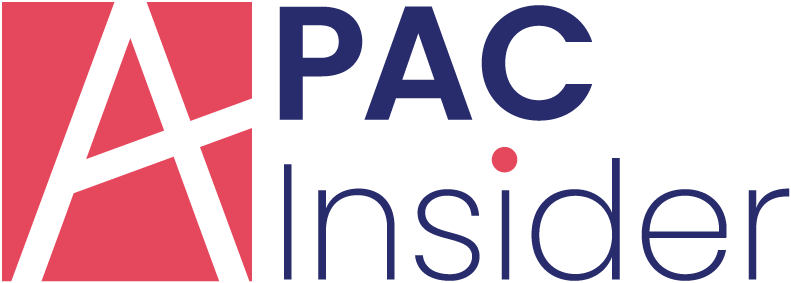Where Risk Begins
Construction projects carry risk from the start. Schedules, scopes, and responsibilities shift with each new partner and each new phase. Much of that risk comes from the contract. When teams overlook terms or misunderstand clauses, they make decisions that do not match the agreement. That leads to payment issues, delays, and disputes. To avoid this, many companies now use structured review tools that support accuracy without slowing the work. To learn more about these solutions and how they fit into the process, visit website for an overview of current tools and workflows that support project success.
How Delays Take Shape
Contract risk shows up in different ways. Some delays begin with unclear timelines. Others come from missed notice requirements or poorly defined responsibilities. A vague clause may give one party room to stall. A missing detail may shift liability to someone who was not prepared for it. These risks grow when contract review is slow or inconsistent.
A long review cycle delays project start. A rushed review misses key language. In both cases, the team moves forward without clear agreement. Risk increases before the first day on site.
Making Review Work for Each Team
Legal teams read contracts to protect against liability. Project managers look for scope, sequencing, and performance language. Risk managers focus on coverage and enforcement. Each role sees the contract from a different point of view. When the contract is long or complex, each team spends time searching for what matters to them.
Smarter review tools let teams find terms by topic, role, or clause type. Instead of reading every page, users can view what connects to their work. This shortens the time to understanding and helps the whole team see the same information in a clear way.
Flagging Risk Before It Becomes a Problem
Some clauses carry more weight than others. Indemnity, damages, change orders, and termination terms often shape how conflict plays out later. When review misses these clauses, or treats them as boilerplate, risk grows quietly. Projects may proceed under assumptions that do not match the contract.
Faster review makes it possible to catch high-impact language early. Teams can flag problem areas and raise questions before the agreement is signed. Early review supports negotiation and helps avoid later breakdowns that cause costly disputes.
Comparing Language Across Projects
Most firms use a mix of standard templates and custom agreements. Even within a single company, different projects may rely on different terms. Without tracking which language appears where, teams may reuse problematic clauses or forget what worked well last time.
Review software helps teams compare contract language across projects. They can see which terms led to smooth delivery and which caused issues. Over time, these comparisons build stronger templates and reduce the chance of repeating the same mistake twice.
Supporting Faster Start Times
A delayed contract means a delayed project. Even if the design is ready and the field team is prepared, the work cannot begin without agreement in place. Legal review often becomes the bottleneck, especially on fast-moving projects with complex scopes.
Structured review tools reduce this pressure. By highlighting key sections and reducing manual effort, they allow teams to complete reviews faster without cutting corners. That means projects move forward sooner and risks are addressed before they turn into problems.
Creating Shared Understanding
Once the contract is signed, questions often return. How much time does the team have to respond to RFIs? Who handles a cost overrun? What triggers a payment delay? When the contract is clear and easy to navigate, these questions take minutes to answer. When it is not, each answer takes a meeting.
Shared access to structured contract data helps each team stay aligned. This supports better decision-making during the project. Teams spend less time tracking terms and more time managing the work.
Reducing Errors From Manual Review
Manual contract review takes time and attention. Even the most skilled reviewer can miss a clause or misread a term under pressure. These errors cost more than time. They lead to rework, legal exposure, and damaged relationships.
Review tools support the reviewer, not replace them. By organizing the contract, surfacing key issues, and reducing repetition, they allow humans to focus on judgment, not search. This lowers error rates and raises confidence in the review process.
Building Long-Term Risk Practices
Each project offers a chance to improve contract handling. When teams see which terms create confusion and which protect outcomes, they can adjust future agreements. Review tools that track outcomes help teams learn from experience and apply those lessons forward.
This builds a more stable approach to risk. Over time, contract language becomes more consistent. Review takes less time. Disputes become less frequent. Teams work with more clarity and fewer unknowns.




























